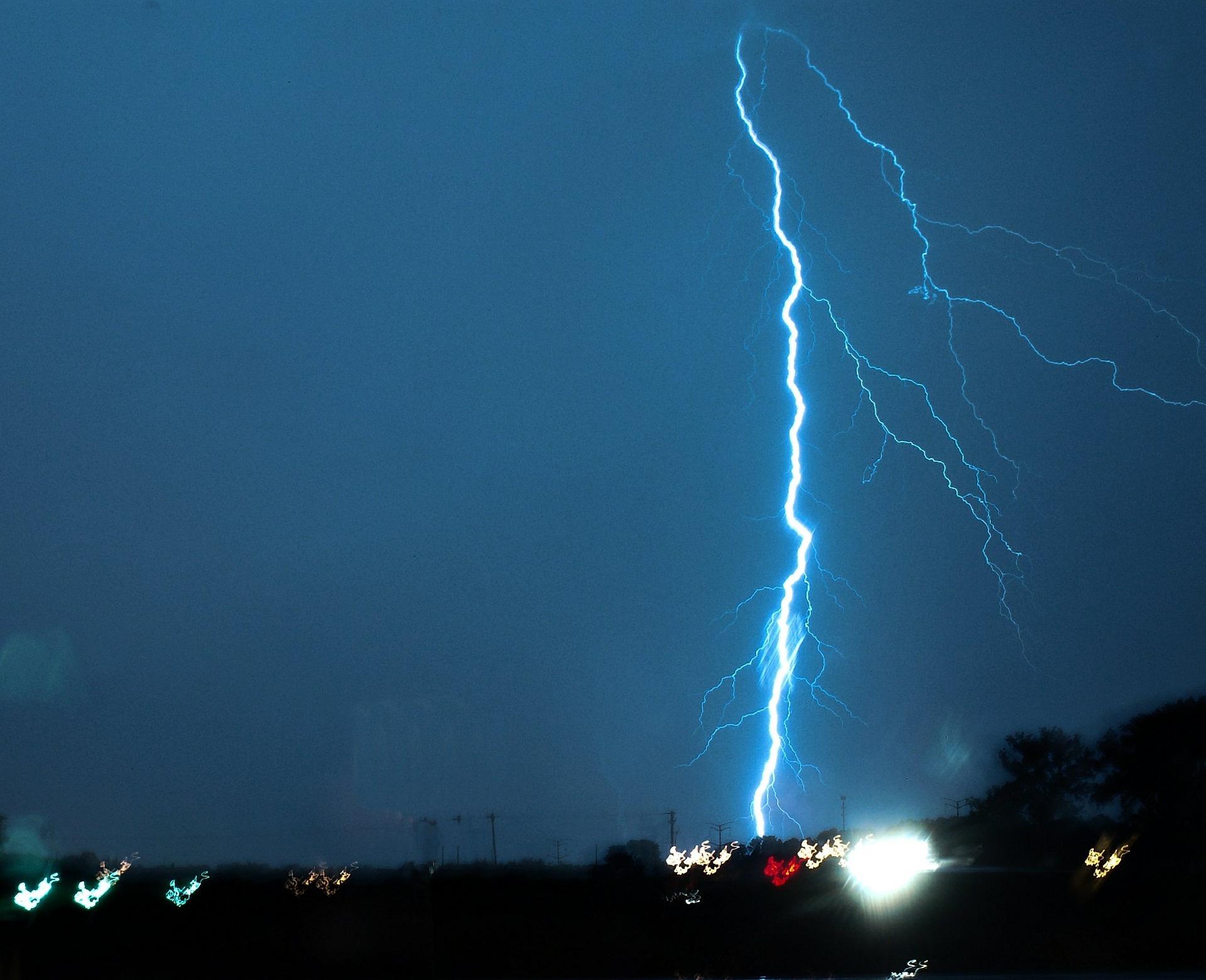Living in the Bradenton area – as in all of South Florida – we have grown accustomed to the frequent severe storms which pass through our area. For those who have weathered a power outage for a few hours or even a few weeks, a generator seems a logical purchase for their home.
Generators will not only allow you to keep the lights on, but can save your food, warm your water, and even keep the air conditioner on during the heat of the day. If you have invested in a generator – or are considering it – here are some safety tips to keep in mind.
Generator Safety for Your Home & Family
According to the Consumer Product Safety Commission, 66 deaths per year are attributed to the improper use of generators. Generator misuse can cause carbon monoxide deaths as portable models produce high levels of the gas – which is odorless, colorless and deadly. In fact, carbon monoxide can kill within 5 minutes if the concentrations are high enough. Authorities report additional injuries due to burns or accidents, making it imperative that you exercise caution if you choose to run a generator.
- Install a Transfer Switch: If possible before storm and hurricane season, install a transfer switch. This switch connects the generator to your circuit panel, allowing you to power appliances without extension cords – which are a definite safety risk in this situation. Most transfer switches will display wattage usage levels, which will also help you from overloading your system. A transfer switch may cost you up to an additional $500-1,000 but may prove to be priceless in an extended power outage situation.
- Never Operate a Generator in an Enclosed Space: As mentioned, most generator-related injuries and deaths are related to carbon monoxide poisoning. This is a direct result of utilizing a generator indoors or in even partially enclosed spaces. Basements and garages are notorious for collecting deadly levels of gas – so be sure to locate the generator 20 feet from your home at a minimum, and direct the engine exhaust away from doors and windows.
- Install a Carbon Monoxide Detector: If the generator is needed indoors for any period of time (as in clean-up efforts) be sure to ventilate the space as much as possible, and invest in a carbon monoxide detector. Because the gas emitted is odorless and colorless, a detector is the only real way to monitor gas levels.
- Never Run a Generator in the Rain: You may find this tip a bit ironic, as often you have lost power in the middle of a severe storm – which is still raging. The fix is actually quite simple – head to your nearest generator retailer and invest in specially made tents which shield the generator from rain, while still allowing for adequate ventilation.
- Handle Gas With Care: You never know just how long the power outage may last, so it is necessary to have extra gas on hand. However, the gas itself can be potentially dangerous – so be sure to only store in ANSI-approved containers which are located in a cool, well-ventilated place. Keep away from sources of heat, electricity or fire – and never store gas inside your home. When refilling your generator with gas, turn off the generator and let it cool first. Otherwise, a fire could spark.
- Be Cognizant of Electrical Hazards: The best generator safety procedures dictate that you are utilizing a transfer switch. If you never had one installed, however, you will likely have to plug appliances directly into the generator, and this may necessitate the use of extension cords. Be sure to only use heavy-duty “outdoor use” cords, and be sure you do not overload them (check wattage or amp ratings). Be sure that the cord has no nicks or cuts, and that the plug has all three prongs. These precautions will protect against shock if water has accumulated inside the generator.
At Anderson & Associates, educating you about generator safety is just one of the ways we try every day to partner with Sarasota and Bradenton residents for all your insurance needs. From home insurance to health and auto insurance, you can depend on us to be there for you.









